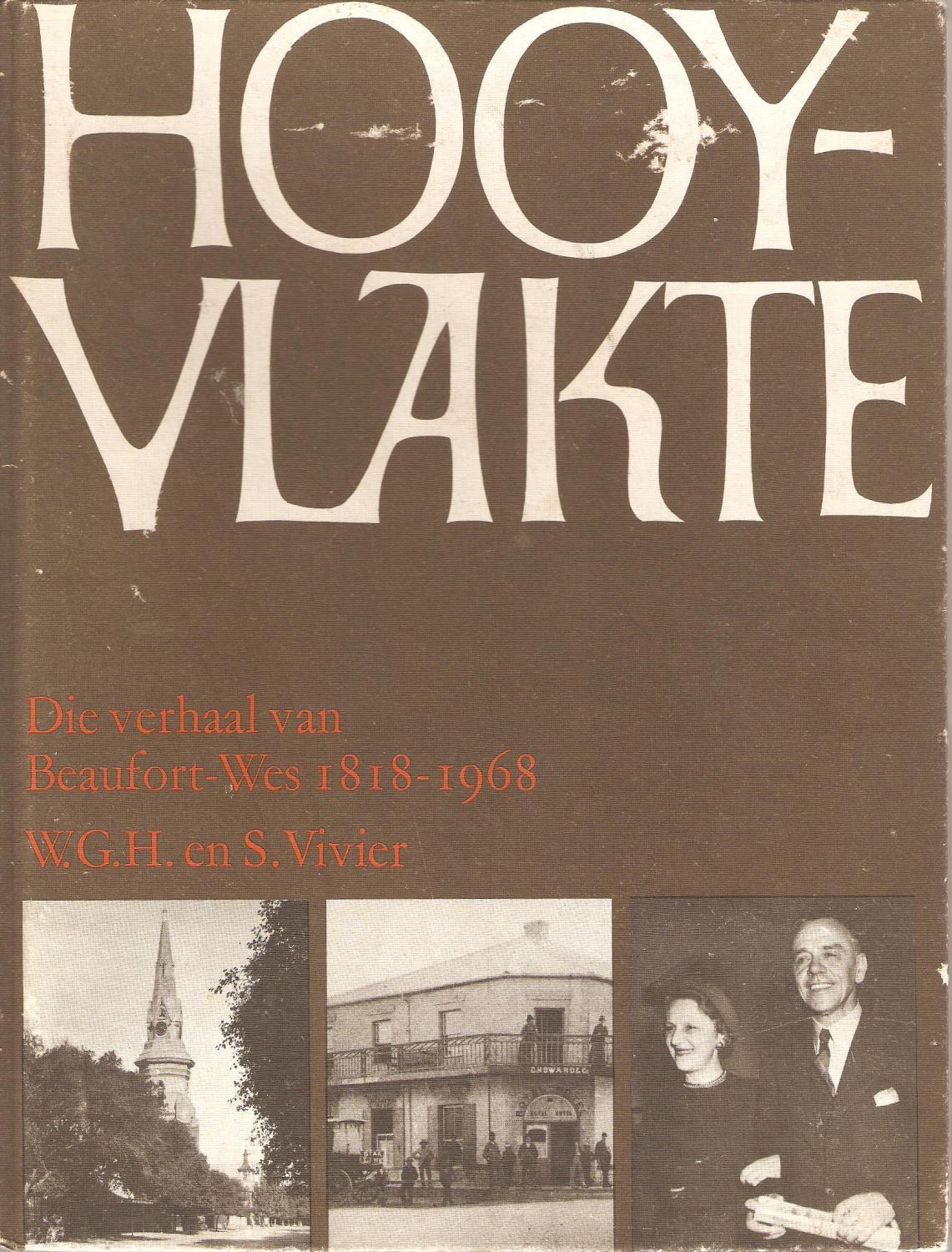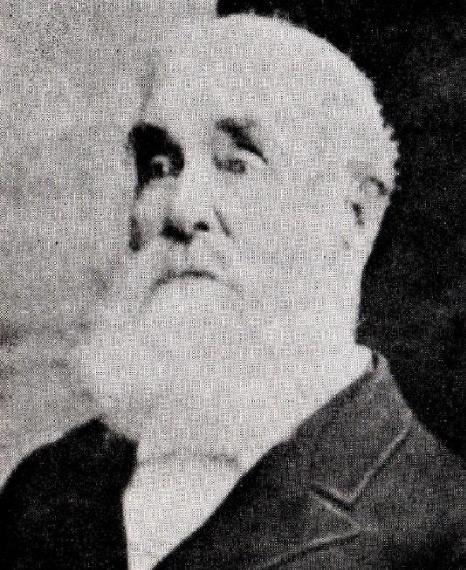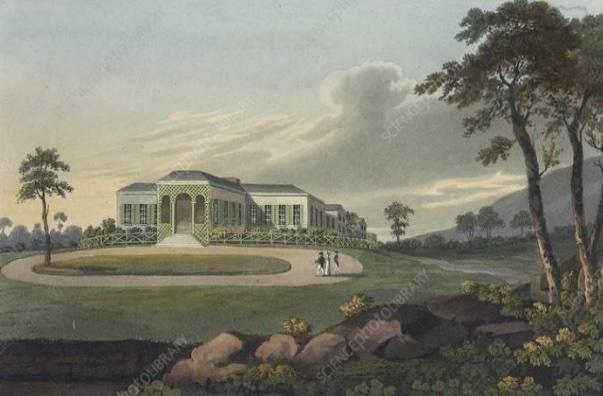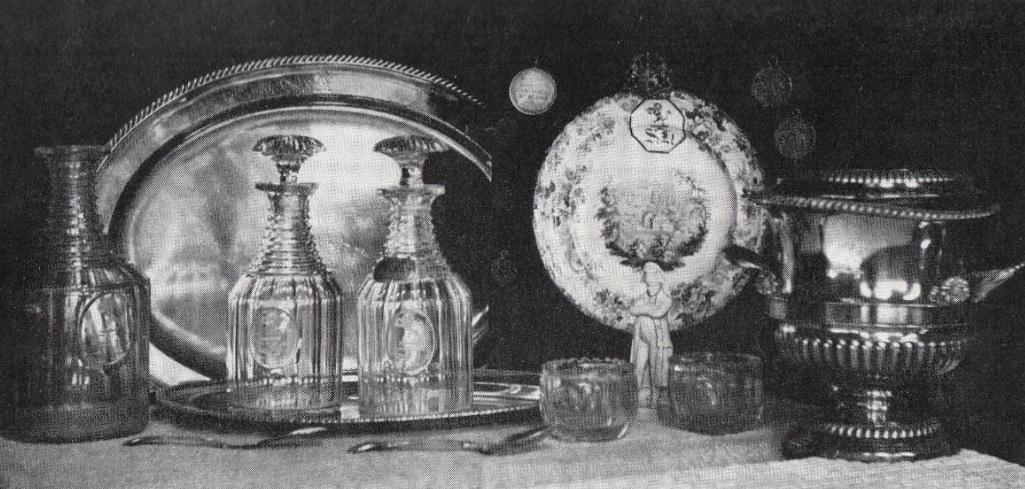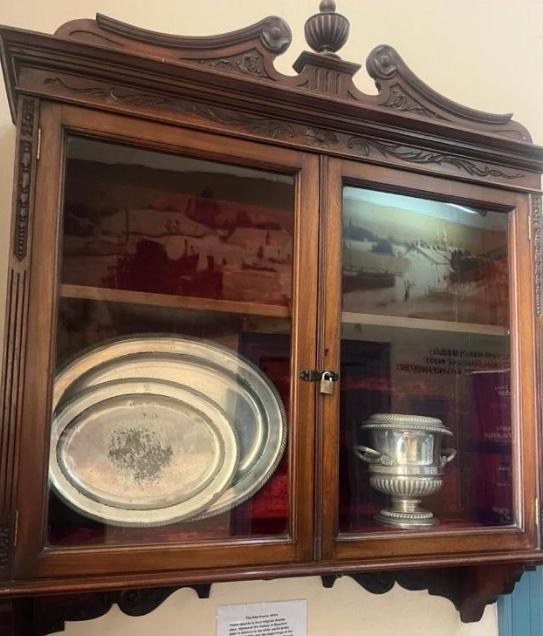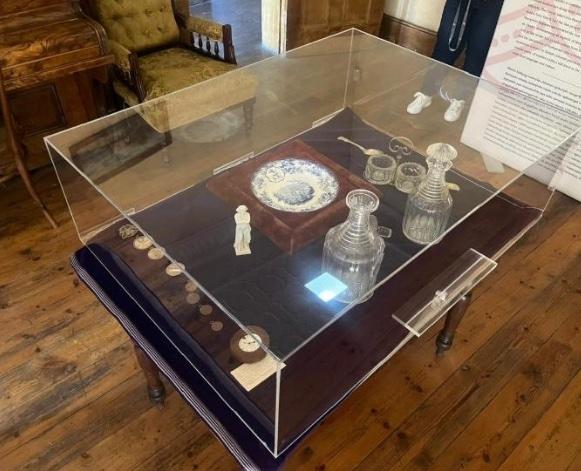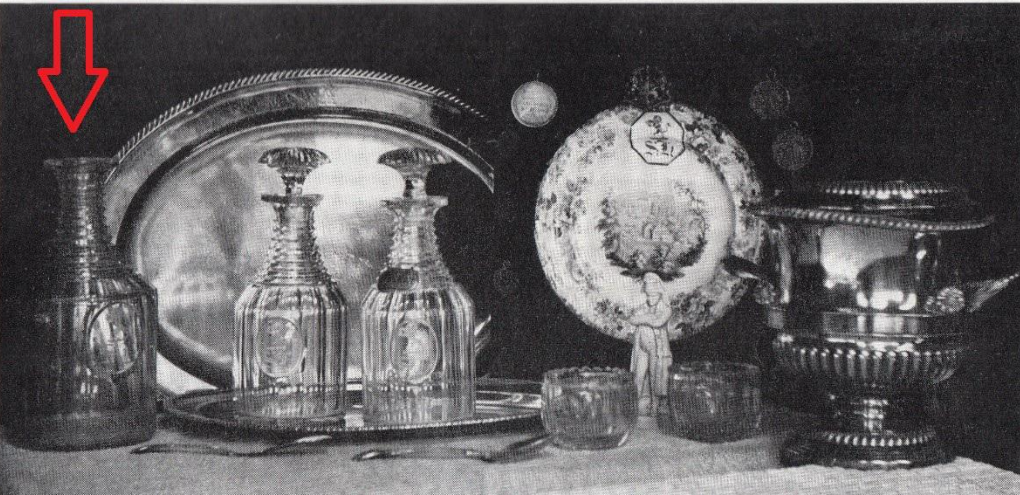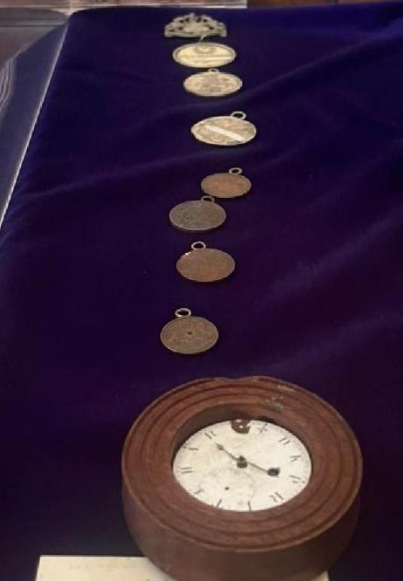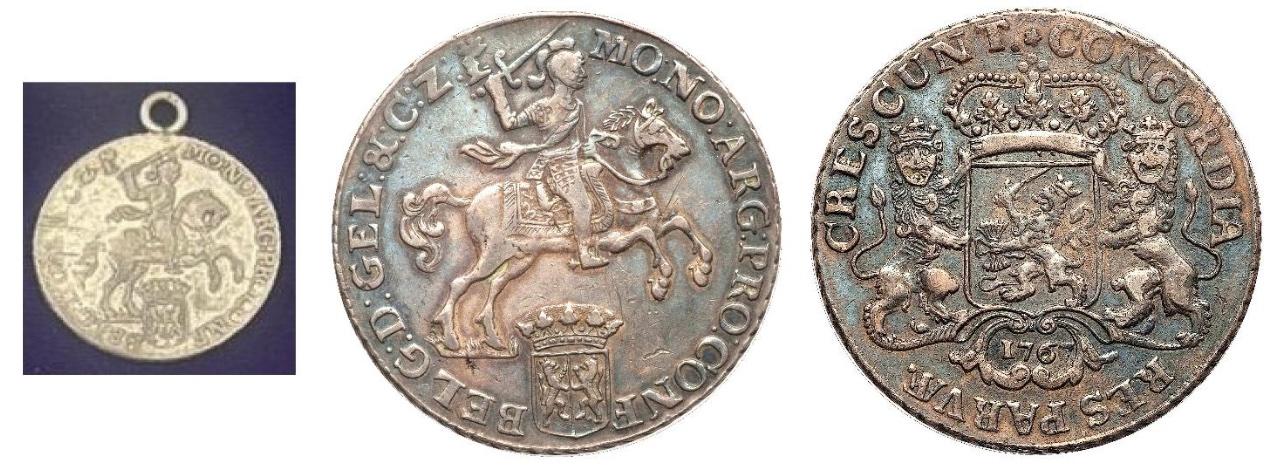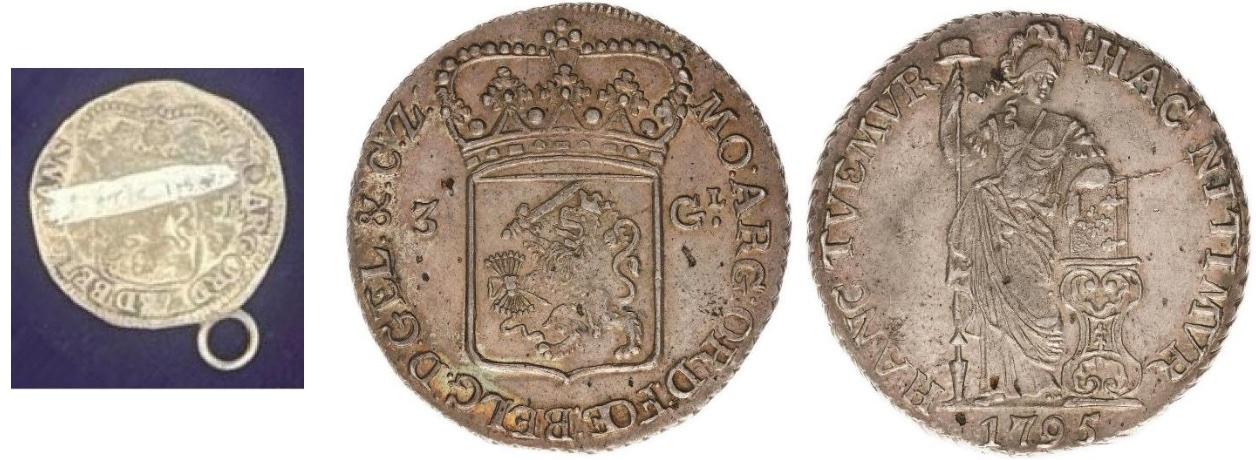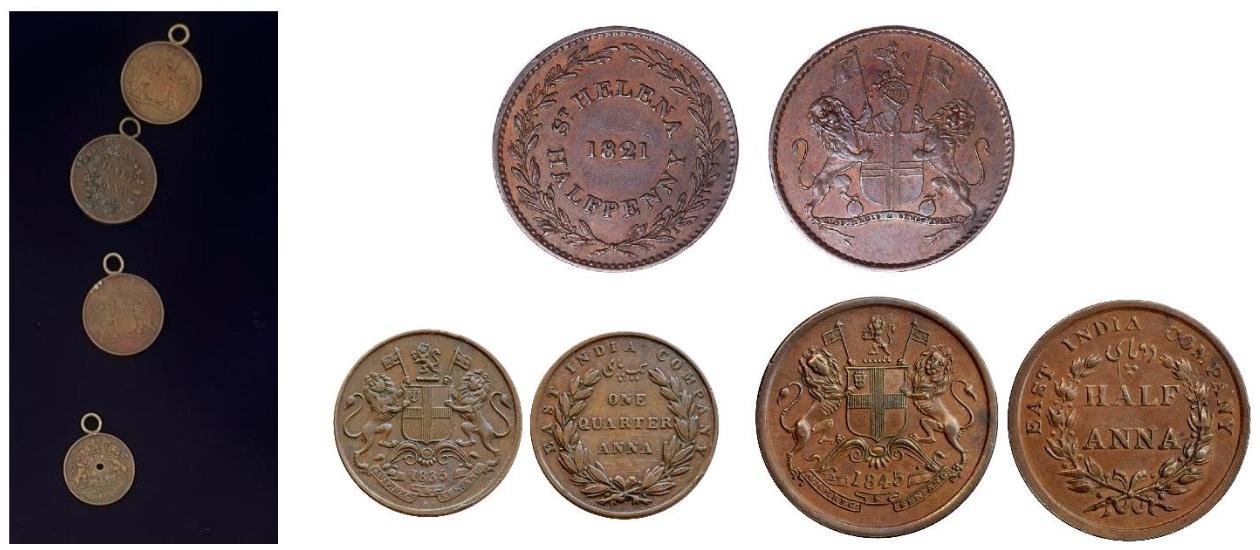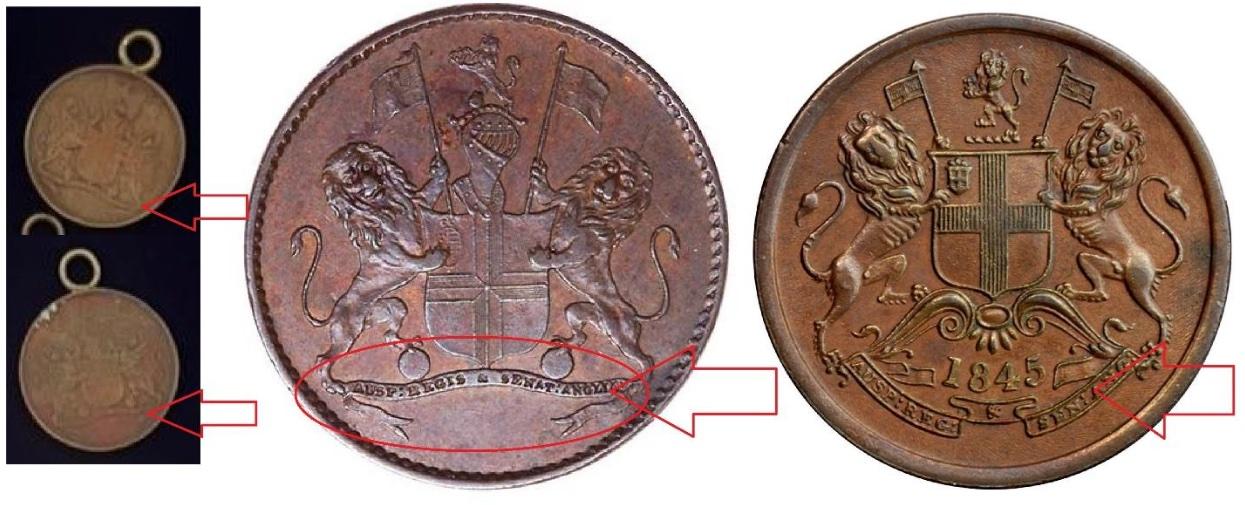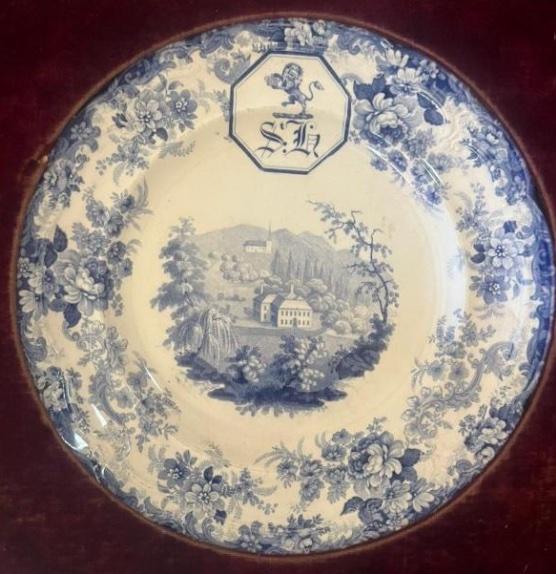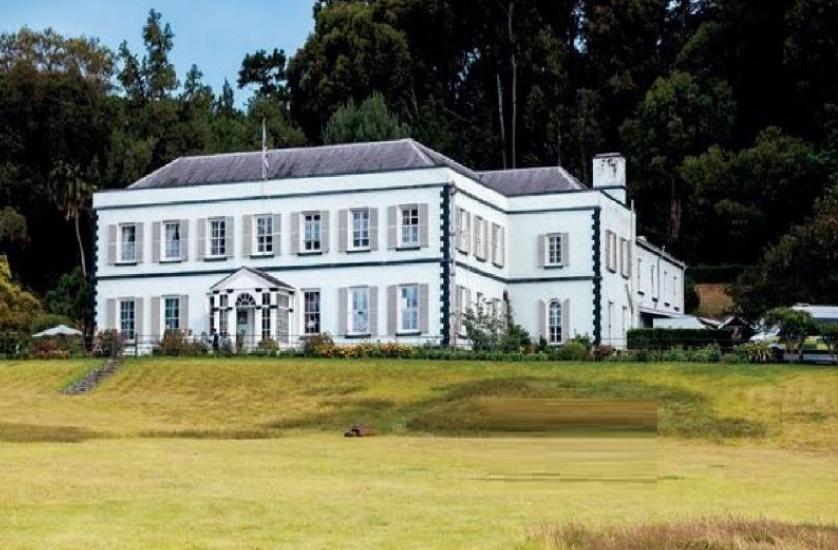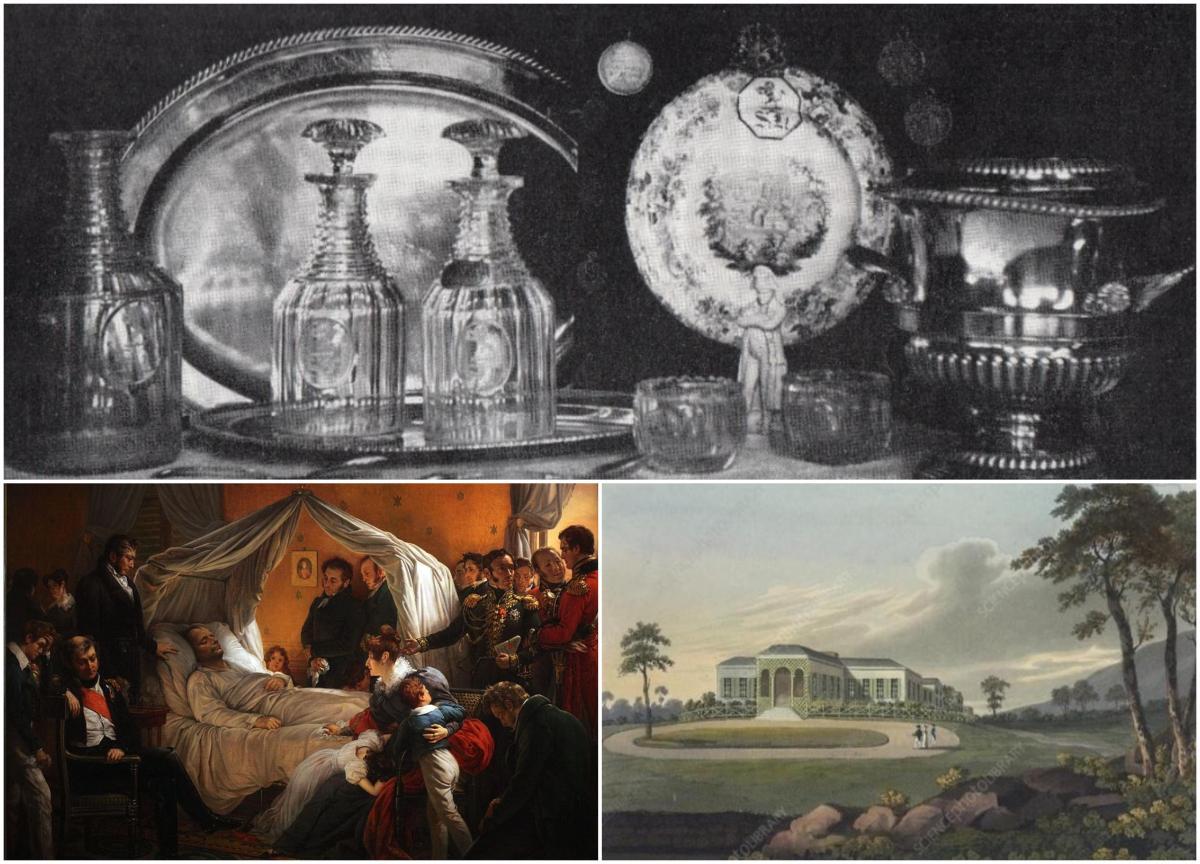
Disclaimer: Any views expressed by individuals and organisations are their own and do not in any way represent the views of The Heritage Portal. If you find any mistakes or historical inaccuracies, please contact the editor.
Beaufort West is the largest town in the arid Karoo region of the Western Cape Province of South Africa. Although it is not the oldest town in South Africa, it was the first town to achieve municipal status. Founded in 1818, the then governor of the Cape, Lord Charles Somerset, named the town and district ‘Beaufort’ in honour of his father, the 5th Duke of Beaufort. To avoid confusion with two other similarly named towns, Fort Beaufort and Port Beaufort, the name ‘Beaufort’ was changed to Beaufort West in the 1860s.
One of South Africa’s most famous sons, the pioneering heart surgeon Christiaan Barnard, was born in Beaufort West in 1922.
In 1969, a book on the history of Beaufort West was published, written by W.G.H. Vivier entitled Hooy-Vlakte, Die verhaal van Beaufort-Wes. The book gives a short biographical description of the author and mentions that after his retirement he used to spend much of his time on charity work and municipal affairs but also found time for his two hobbies: recording of history and coin collecting.
Book Cover
Quite coincidentally, about 20 years ago, I visited the town of Sutherland in the Karoo with my family and at a local second-hand shop, bought a small collection of coin books. All carried a purple hand stamp of the owner, W.G. Vivier of Beaufort West.
On the inside of one of the books (Notes on the Coinage of the South African Republic) was stapled a personal hand-written letter to Vivier, signed by its author J.T. Becklake and dated 10 May 1952. As a matter of interest, Becklake was the last Deputy Master of the Royal Mint and first Director of the South African Mint in Pretoria.
As a further coincidence, about ten years later, in 2011, I was contacted by a person living in Cape Town who wished to dispose of a coin collection that belonged to a family member of his. I bought the collection and much to my surprise, it originally belonged to the same Vivier (Wynand Gert Hendrik born in 1904).
The pictures on the right of silver and bronze issues of medals struck for the 150-year commemoration of Beaufort West were included in the above mentioned collection.
The Pritchard family
In Vivier’s book he mentions many of the early inhabitants of the town, including the Pritchard family, who played an important role in the town’s history. The family patriarch was Charles Pritchard who was born on the island of St Helena in the Atlantic Ocean in 1814. In 1836 he immigrated to the Cape Colony and went to live in Beaufort West in the Karoo.
Charles Pritchard (1814-1905). He married Johanna Hermina de Villiers and the couple had 12 children.
St. Helena
In his book, Vivier mentions that Charles’s father was Major Henry Huff Pritchard, adjutant to Lt. Colonel Sir Hudson Lowe, the governor of St Helena. When Charles was about one year old, Napoleon Bonaparte was exiled to the island after the Napoleonic wars. According to old family anecdotes, Charles frequently rode on the ex emperor’s knee and as a 7-year-old, saw Napoleon’s funeral procession on 9 May 1821, at the Valley of the Willows. At the age of 18 he became an Ensign in the service of the East India Company on St Helena, but when the company was dissolved in the mid-1830s, he immigrated to South Africa. When Charles died in 1905, he was described as “the last survivor in South Africa of the East India Company”.
The Napoleon Artifacts
Vivier tells us that when Napoleon Bonaparte arrived as an exile on St. Helena in 1815, he was given a large residence known as Longwood. The former emperor lacked no comfort, except his freedom. His long-time head of household, Cipriani, looked after his well-being. A blue-and-white dinner service was used for meals, but for Cipriani this porcelain from the East was deemed not good enough for his master.
Painting of Longwood House
Painting of Napoleon on his deathbed by Baron Charles Steuben (Wikipedia)
In 1816, the city of Paris sent Napoleon a magnificent set of Sèvres plates and dishes from France. The pieces were decorated by the best artists in France with scenes from Napoleon’s campaigns and early life. There were hundreds of pieces.
Vivier says that because Napoleon lived quite lavishly in his exile, the British government began to place strict restrictions on his household expenses. Money had to be found elsewhere for the luxury to which he was accustomed. Cipriani persuaded Napoleon to sell £25,000 worth of his personal effects. One Balcombe, a merchant in the town, was approached to dispose of the old blue and white tableware and other silverware. Governor Hudson Lowe, however, ordered that all the large silver pieces be destroyed and sold only as silver scrap metal to prevent them from being distributed as souvenirs. (The Balcombe that Vivier was referring to, was likely the merchant William Balcombe. He came to fame as the father of his daughter, Betsy, who as a child befriended Napoleon Bonaparte whilst the Balcombe family were living on St Helena. The exiled Bonaparte had lodged with the Balcombes (at the Briars) whilst his permanent quarters at Longwood were being prepared.)
Major Henry Huff Pritchard, Hudson’s adjutant, purchased a number of the smaller, undamaged pieces. His son Charles later inherited them and brought them to Beaufort West in 1836. In 1905, Charles’ son Benjamin Thomas inherited them in turn, and on October 17, 1921, he bequeathed them to the municipality alongside several valuable medals and coins.
The collection was then, according to Vivier, kept in a glass display case in the municipal council hall at Beaufort West. It includes a large silver tray, a smaller one, and a silver wine cooler, all with the coat of arms of the British East India Company. It also includes three glass wine decanters, a porcelain plate, a silver butter knife, a silver spoon and two saltshakers, all with the coat of arms of the Company and the monogram of St. Helena. Other items include a school medal from the Company’s school on St. Helena, silver and copper coins that formed part of Charles Pritchard’s last pay on St. Helena, a bronze badge of the Company worn by Charles Pritchard and the watch of Major D.K. Pritchard. The valuable Sèvres service that Napoleon boasted about is kept in Paris.
Some of the items in the collection
Numismatic Items in the Pritchard collection
Vivier mentions that in the Pritchard collection that was bequeathed to the municipality in 1921 were included “… a number of valuable medals and coins” and also stated that other items include a school medal from the Company’s school on St. Helena (and) silver and copper coins that form part of Charles Pritchard’s last pay on St. Helena …” Earlier in his book he also mentions that Charles served as a Captain during the Seventh Frontier War (1846–1847), also known as the 'War of the Axe'. For his service he was in later years awarded the South Africa Medal, instituted by Queen Victoria in 1854.
Further research
At the beginning of May 2025, we contacted Jeani Johnson of Hooyvlakte House in Beaufort West, asking for assistance in locating the Napoleonic items. Jeani graciously agreed and visited the Beaufort West Museum the following week on two occasions. The museum consists of three buildings: the Old Town Hall, the Mission Church, and the Parsonage, all three having exhibitions on display. Jeani found three Napoleonic items in the Old Town Hall: the two silver trays, and the silver wine cooler.
The three items (Jeani Johnson)
A notice next to this exhibit, states that “…most of the Napoleonic relics have been moved to the old parsonage where they are on temporary display”. This is indeed the case.
Items at the Old Parsonage (Jeani Johnson)
The items match the list of items mentioned in Vivier’s book (with one exception). It seems that one of the three wine decanters is not on display. In the following picture from Vivier’s book, this item is shown. (The small Napoleon figurine is not mentioned by Vivier).
The one decanter not on display
The Numismatic Items
From the pictures Jeani sent, it is clear that there is a badge, a silver medal, two silver coins and four bronze coins on display. There is also a watch that belonged to Major D.K. Pritchard, but it is not relevant regarding the numismatic display.
Numismatic Items from the collection (Jeani Johnson)
(According to Vivier’s book, the collection includes a school medal from the Company’s school on St. Helena, silver and copper coins that form part of Charles Pritchard’s last pay on St. Helena and a bronze badge of the Company worn by Pritchard).
Based on the pictures, the school medal reads “Pro Merito” on the obverse and carries silver hallmarks. In the photo in Vivier’s book, the reverse of the medal is vaguely visible between the silver and porcelain plate. The wording is unfortunately not legible. On some of the pictures, the bronze badge of the Company worn by Pritchard is also visible, although it has a silver colour.
Regarding the coins, all unfortunately have pendant bails mounted to them which significantly diminishes their numismatic value. The reason for these mounts is that at one stage they were all mounted behind the artifacts on display.
One of the two silver coins is a Dutch Rijder (Ducaton) of Gelderland. These coins were struck up to the 1790s.
The second silver coin we believe is a Dutch 3 Gulden, but we cannot identify the province. These coins were also struck up to the 1790s.
We believe the four copper coins are a Half Anna piece and a (holed) Quarter Anna of the British East India Company and two St Helena Half Pennies. The picture below left is from the Beaufort West collection showing what we believe are the two St Helena Half Pennies at the top and 3rd from the top with the Half Anna between them and the Quarter Anna at the bottom. Although only one side of the coins are shown, the Half & Quarter Annas are easily identifiable.
The three copper coins on the right are a St Helena Half Penny at the top and the ¼ and ½ Annas at the bottom.
However, although the sizes and reverses of the East India Company Half Anna and the St Helena Half Penny are very much the same, we were able to tell the difference.
Note that the motto in the banner on the St Helena Half Penny is right under the shield with no date showing. Note the differences to the Half Anna on the right.
Of interest is the following: The St Helena Half Penny was only struck in 1821 and was thus only introduced for local circulation 6 years after Napoleon died. The East India Quarter Penny was struck only in 1835 and the Half Anna in 1835 and 1845.
According to Vivier, Charles Pritchard immigrated to South Africa after St Helena’s transfer of rule from the British East India Company to Britain as a crown colony (this happened on 22 April 1834), and after staying briefly in Cape Town settled in Beaufort West in 1836.
For him to have brought the two East Indian Company coins to South Africa, he could not have left St Helena before they were first issued (in 1835). We will also remember that Vivier wrote that the coins were part of the last pay Pritchard received on the island.
From the faint pictures of the coins visible in the museum display, the BEIC coins look to be in bad shape, and one wonders how this can be possible? These coins must have been almost new when Pritchard left St Helena. Likewise, the two silver Dutch coins were struck at least 2 decades before Pritchard was even born, so how could they have been part of his last pay?
More Questions than Answers
As a last thought, according to Vivier, the collection …”includes a large silver tray, a smaller one, and a silver wine cooler, all with the coat of arms of the British East India Company. Also, three glass wine decanters, a porcelain plate, a silver butter knife, a silver spoon and two saltshakers, all with the coat of arms of the Company and the monogram of St. Helena”. This actually means that all these artefacts on display were at some stage the property of the British East India Company. Secondly, we will remember that Napoleon, on the advice of the head of his household, Cipriani, sold £25,000 worth of his personal effects.
So, it is virtually impossible that any of the artefacts, if they indeed all carry the coat of arms of the British East India Company, could have belonged to Napoleon. He did not have ownership of them to sell them.
The house depicted on the porcelain plate in the collection is Plantation House, the governor’s residence on St Helena Island. At the back against the hill is Saint Paul’s Cathedral. Note the lion monogram on the plate with the letters “SH” (St Helena).
We wrote to the Beaufort West Museum in this regard and requested clearer pictures of the coins and medal on display. Also, if they know the whereabouts of the 3rd glass wine decanter. Lastly if they can send us any close-up pictures of inscriptions, hallmarks, monograms etc. depicted on any of the artefacts. If they respond positively, we will do a second part to this paper.
Pierre Nortje is the secretary of the Western Cape Numismatic Society
Comments will load below. If for any reason none appear click here for some troubleshooting tips. If you would like to post a comment and need instructions click here.

